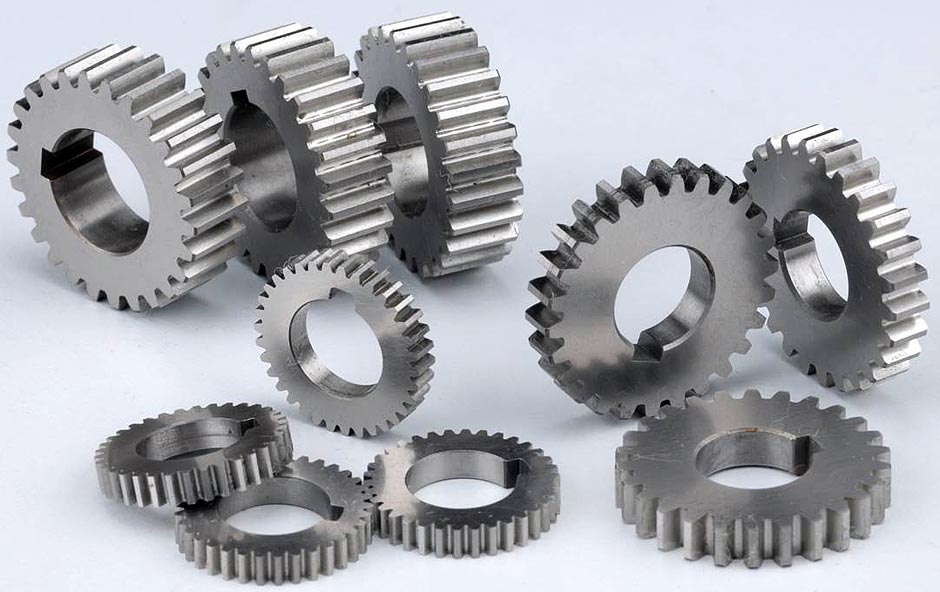The best spur gear catalogs for 2017

The cylindrical straight type gears are the most usual. Generally used for speeds small and medium, because at high speeds, if they are not rectified, or corrected, they make a variable noise. There are many great options in the market, such as Kelvingear, and spur gears are an excellent choice to improve procedures.
The cylindrical gears of the toothed helical are characterized by their helical relation to the axis of rotation. The axes can be parallel or intersect, usually at 90°. The helical gears have the advantage of transmitting more power and speed than the straight, they are quieter and last longer. In terms of the drawbacks are worn more and they need more lubrication than the straight.
Where to find the best spur gears?
It is a gear type which is characterized by having parallel axes and straight teeth. It consists of a wheel or cylinder dentate employed to transmit a rotary motion or an alternative from a part of a machine to another. The drive gear is called the pinion, and the driven wheel.A set of two or more gears that transmit motion from one shaft to another is called a gear train. Its operation consists in that the drive gear (pinion) rotates in a sense, thanks to a motor, and to be in contact with the second gear (wheel) causes it to move in the opposite direction. The speed with which you turn the wheel will depend on the speed of the pinion and of their diameters.
- Circumference primitive: it is a circumference hypothetical in the would be some friction wheels. The circles primitive of the pinion and the wheel are tangent.
- Inside circumference: your radio goes to the center of the gear to the inside of the teeth.
- Outer circumference: its radius goes from the center of the gear to the outer part of the teeth.
Advantages, disadvantages and applications of a spur gear
It has the advantage of being very easy to manufacture, but has the disadvantage of being very noisy and producing vibrations. They are often used in mechanisms in which the power to be transmitted and the number of revolutions is not very large. Some applications are the mechanisms of a planetarium and a clock.
A wheel with teeth parallel to the shaft carved out of its perimeter. The gears straight transmit rotary motion between two parallel shafts. In a gear simple, the shaft-driven rotates in the opposite direction to the drive shaft. If you want both shafts turn in the same direction is inserted a toothed wheel called an ‘idler’ between the drive gear or motor and the driven. The idler revolves in the opposite direction to the drive shaft, so that moving to gear driven in the same sense that it.
In any gear system, the speed of the shaft driven depends on the number of teeth of each gear. A gear with 10 teeth driven by a gear with 20 teeth will revolve twice as fast as the drive gear, while a gear of 20 teeth driven by one 10 moves half as fast. Using a train of several gears can be varied the ratio of the speeds within the limits of very broad.
Leave a Reply